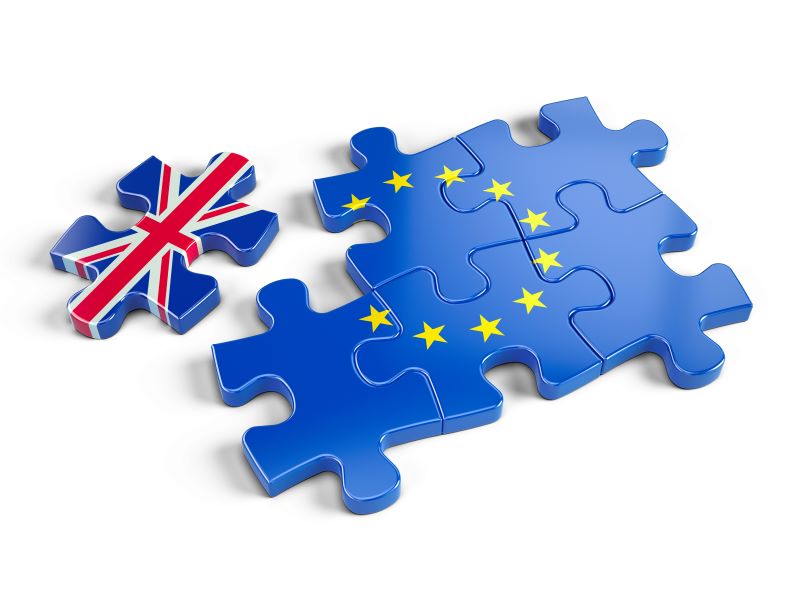There is one story that might hold an answer to this question – the story of former Yugoslavia. The former Yugoslavia, as from the early 1990s, experienced a long history of fragmentation from what was once known as the Socialist Federal Republic of Yugoslavia. The first republic of former Yugoslavia to have gained independence was Slovenia, which was then followed by independences claimed by Croatia and Bosnia and Herzegovina during the civil war. On the other hand, Macedonia had a rather peaceful breakup with Yugoslavia. After the turmoil in the first half of the 90s, what had once been a great country had then become a federation of only two member-states – Serbia and Montenegro. Nevertheless, this “reduced federation” did not last long either, and Serbia and Montenegro went on their separate ways in 2006 as well. Finally, in 2008, Kosovo unilaterally declared its independence from Serbia. Yet, its independence has never been recognized by Serbia, nor has it yet been recognized by a number of countries of the world.
So, what is the similarity between the stories of Brexit and the one of former Yugoslavia? Well, in both situations a centralized intellectual property office existed, which was responsible of protection of IP rights over the entire territory covered by the particular form of association of countries (regardless of whether it was a federation or a union of independent countries). After the dissolution, the territory which was a part of an association of this kind needed to find a manner of providing continuous protection of the IP assets that had been valid before the secession.
Each of the newly formed countries listed above introduced a certain mechanism for extension of the IP rights of former Yugoslavia. Slovenia was the first to introduce so-called revalidation system. Under this system, owners of the prior rights were able to file a request for extension of such rights before the IPO, thereby preserving the priority rights from Yugoslavia. Croatia and Macedonia also decided in favor of revalidation as a mechanism for preserving prior rights. Similar mechanism was introduced in Bosnia and Herzegovina after the civil war was over.
The two most recent experiences from the former Yugoslavia – Montenegro and Kosovo – offer two mechanisms for extension of protection that could be of great significance in view of the Brexit events.
The contours of possible Brexit outcomes related to the IP assets are already visible, and six different scenarios are discussed among the experts. One of them is so-called “Montenegrin scenario” which is firmly based on the system for extension of rights used in Montenegro after dissolution.
In “Montenegrin scenario”, all IP rights from the former state union that had been registered before May 28, 2008 (the date when the Montenegrin IPO became operative) automatically continued their lives as national Montenegrin trademarks. Once they matured to renewal, they were renewed as national trademarks. However, if the rights were registered after May 28, 2008, they needed to be revalidated during the non-extendable revalidation period that lasted a year (from 2010 until 2011), during which owners of industrial property rights were able to file requests for extension of the rights that had been valid in the prior common country. After the expiry of this period, all claims for the prior rights were precluded and extension of protection was no longer an option.
Of course, the mechanism of revalidation and continuation of effect was mutatis mutandis applied on the industrial property rights that were registered in former Yugoslavia via international treaties (PCT, EPC, Madrid system and Hague system).
The right holders that had duly revalidated their rights in Montenegro succeeded in preserving priority rights and the new registrations in Montenegro were “fingerprints” of the Yugoslavian registrations. This was particularly significant for those prior rights for which novelty was one of the conditions for obtaining protection (patents and designs), since failing to preserve the old priority would very likely lead to total loss of protection in the new jurisdiction.
On the other hand, when the separate IP protection system was introduced in Kosovo, the only way to preserve prior rights was to revalidate former Serbian trademarks during the 1-year revalidation period (from November 2007 until November 2008). Therefore, there was no mechanism that would enable an automatic extension of the prior rights, and the only option was revalidation. This system is, in fact, based on Slovenian revalidation system (which was later used in Croatia, Macedonia and Bosnia and Herzegovina with certain alterations). If we would use Brexit terminology this system would be the closet to the so-called “Tuvalu Scenario”.
The aforementioned experiences could be crucial in determining the destiny of EU IP rights in the United Kingdom. Namely, a certain period of time (e.g. 1 year) for revalidation of EU trademarks and designs would be necessary in order for all right holders to be able to preserve their rights and extend them to the UK. As we have already mentioned, this would be of key importance for RCDs, which are affected by the condition of novelty (and expiry of the date in which the priority could be established).
However, the question of use of the EUTMs would be an additional problem, which would need to be negotiated between the EU and the UK. For instance, revalidated trademarks in the UK could have a fresh start and gain a fresh non-use grace period, which would commence one day following the date of revalidation. In such case, the relevant territory for use would fall under a national trademark law and controversy regarding the same would not occur.
On the other hand, a reverse situation would raise a number of questions. If there was an EUTM which is outside of the non-use grace period and used solely in the UK territory, the question would be whether such use should be deemed as genuine use in the relevant territory. It is our belief that in such case, it would be necessary to introduce special provisions which would recognize the use in the UK as genuine use, prior to the final dissolution and for a certain period after the same (again, a 1-year period should be a good solution). Any other solution that would not recognize the use in the UK would be rather unfair for the right holders.
Bearing all this in mind, it seems evident that various models of extension of IP protection used in the countries that had been a part of former Yugoslavia might become a valuable guideline for the post-Brexit UK and the EU negotiations.




